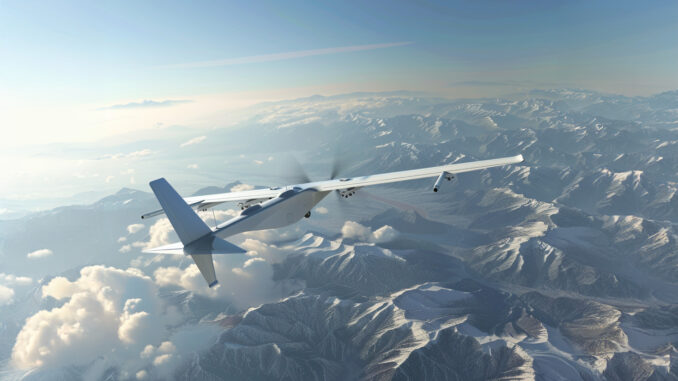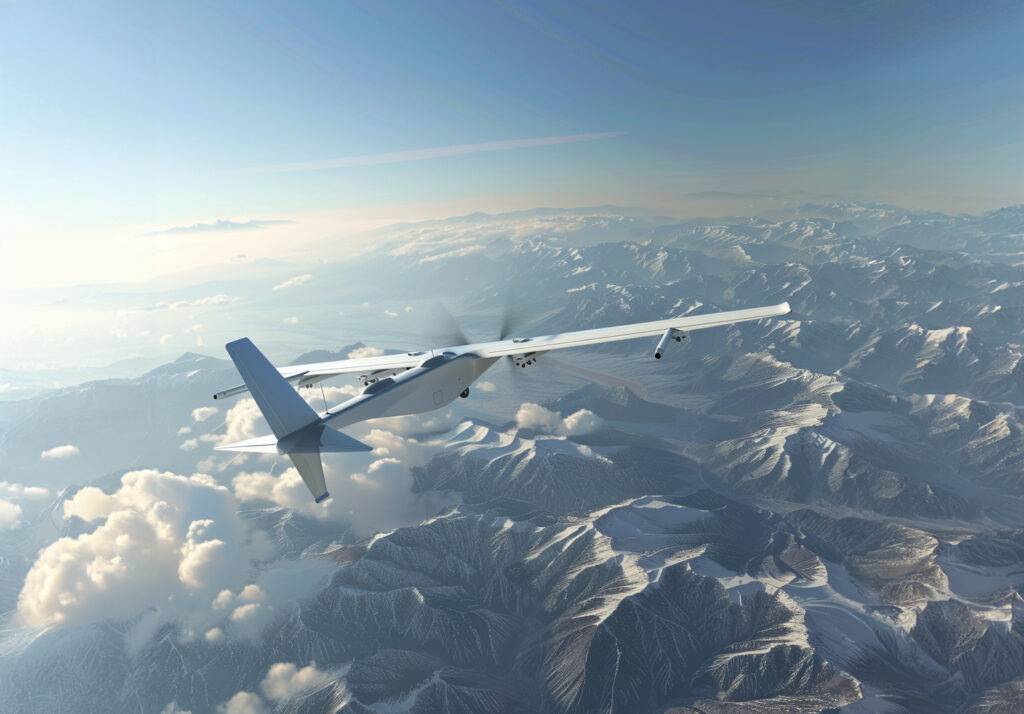
DARPA selects six companies to develop VTOL drones for U.S. Navy and Marine Corps missions.
Understand in 2 minutes
DARPA has selected six companies to continue in the risk reduction and component testing phase of its Vertical Take-Off and Landing (VTOL) UAV systems development program. The selected companies, including AeroVironment, Griffon Aerospace and Sikorsky, will work on advanced designs to enhance VTOL UAV capabilities in terms of payload, endurance and operational flexibility, particularly for surveillance and reconnaissance missions. The final phase of the program is scheduled to begin with flight tests in 2026.
Selection of companies for phase 1b of the ancillarY program
The Defense Advanced Research Projects Agency (DARPA) has announced the selection of six companies to continue the risk reduction and component testing phase of its ANCILLARY (AdvaNced airCraft Infrastructure-Less Launch and RecoverY) program. This program aims to develop vertical take-off and landing (VTOL) UAV systems for U.S. Navy and Marine Corps missions.
Companies selected for Phase 1b include AeroVironment, Griffon Aerospace, Karem Aircraft, Method Aeronautics, Northrop Grumman and Sikorsky, a division of Lockheed Martin. This ten-month phase will focus on maturing X-plane designs to reduce risk through configuration testing and component hovering.

Objectives and technical challenges of the ancillarY program
The main objective of DARPA’s ANCILLARY program is to triple the capabilities of small vertical take-off and landing (VTOL) unmanned aerial systems compared with current technologies. This includes increasing drone payload, endurance and range, while eliminating the need for specialized launch and recovery infrastructure.
A major technical challenge is to enable UAVs to be launched and recovered from ships without the need for large mechanical catapults or special landing equipment. In addition, UAVs must be able to operate from remote, unprepared land sites in a variety of weather conditions, while flying like fixed-wing aircraft when carrying significant payloads.
Technological innovations and proposed configurations
Sikorsky, one of the selected companies, is already carrying out flight tests with a battery-powered proof-of-concept vehicle. This vehicle uses a dual-rotor “blown rotor” configuration that enables it to take off and land vertically like a helicopter, and to switch easily to horizontal flight for long-endurance missions such as surveillance, reconnaissance and targeting.
The company aims to build a hybrid-electric version of its drone capable of carrying a 27 kg payload for intelligence, surveillance and reconnaissance (ISR) missions. This version is expected to weigh around 136 kg, demonstrating the ability to integrate complex systems into compact, versatile platforms.
Northrop Grumman, another selected company, is working with Leigh Aerosystems and Near Earth Autonomy to develop a flight demonstrator. These companies are exploring innovative configurations, advanced propulsion systems and autonomous controls to improve the performance and maneuverability of VTOL UAVs.
Implications and future prospects of the program
The ANCILLARY program represents a significant step forward in the development of long-endurance VTOL UAVs, offering enhanced capabilities for military operations. The goal of tripling current capabilities could transform surveillance, reconnaissance and targeting operations, offering greater operational flexibility and rapid response in a variety of environments.
In terms of funding, DARPA received €13.2 million for the ANCILLARY program in FY2024, and plans to request €22.9 million in FY2025. This funding will support the detailed design, manufacturing and testing phases required to bring this ambitious program to fruition.
If Sikorsky and the other companies succeed in Phase II, the first flight tests of VTOL drone prototypes could begin as early as 2026. These technological advances could also find applications in civilian fields, including search and rescue missions, environmental monitoring and precision deliveries.
The success of the ANCILLARY program could also encourage other countries to invest in similar technologies, boosting competitiveness and innovation in the field of unmanned aerial systems. Ultimately, these developments could redefine the way armed forces and civilian organizations use UAVs to meet complex and diverse needs.
War Wings Daily is an independant magazine.